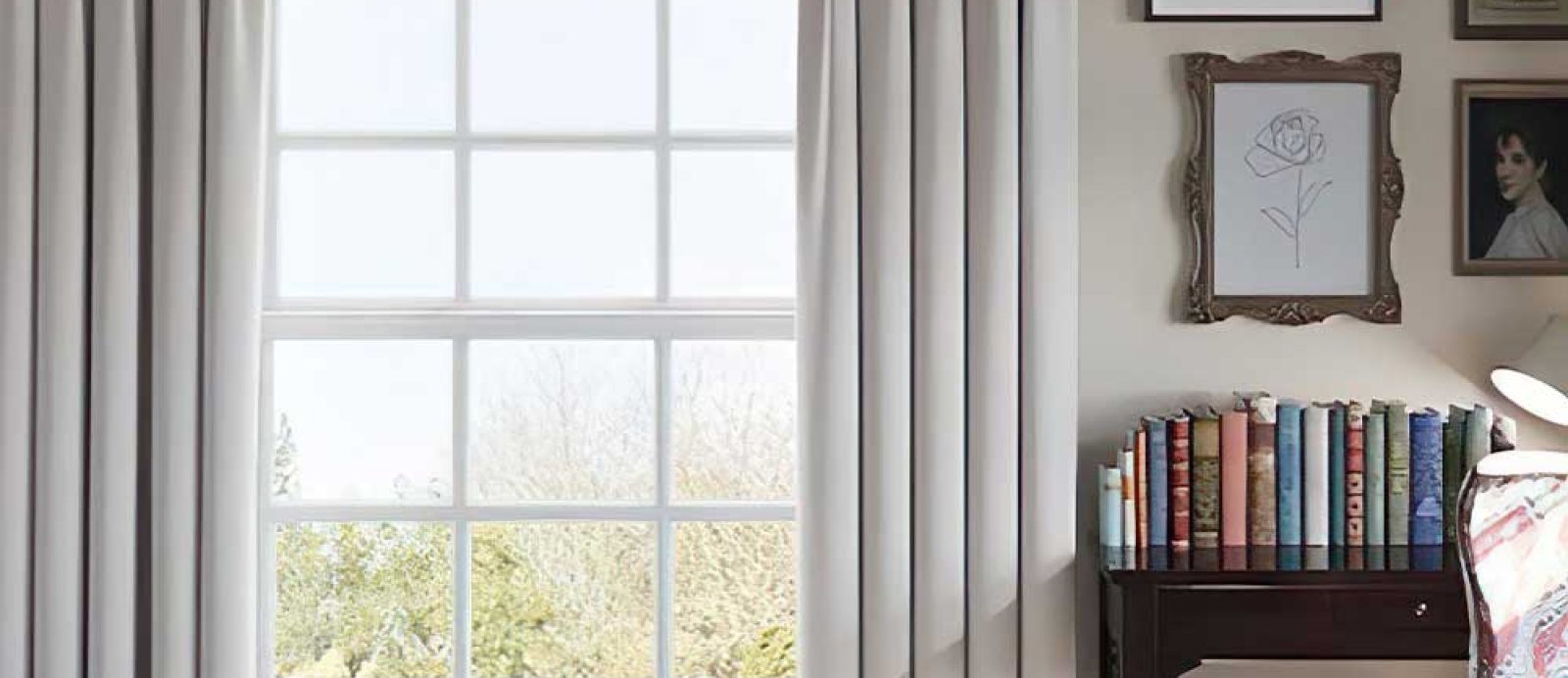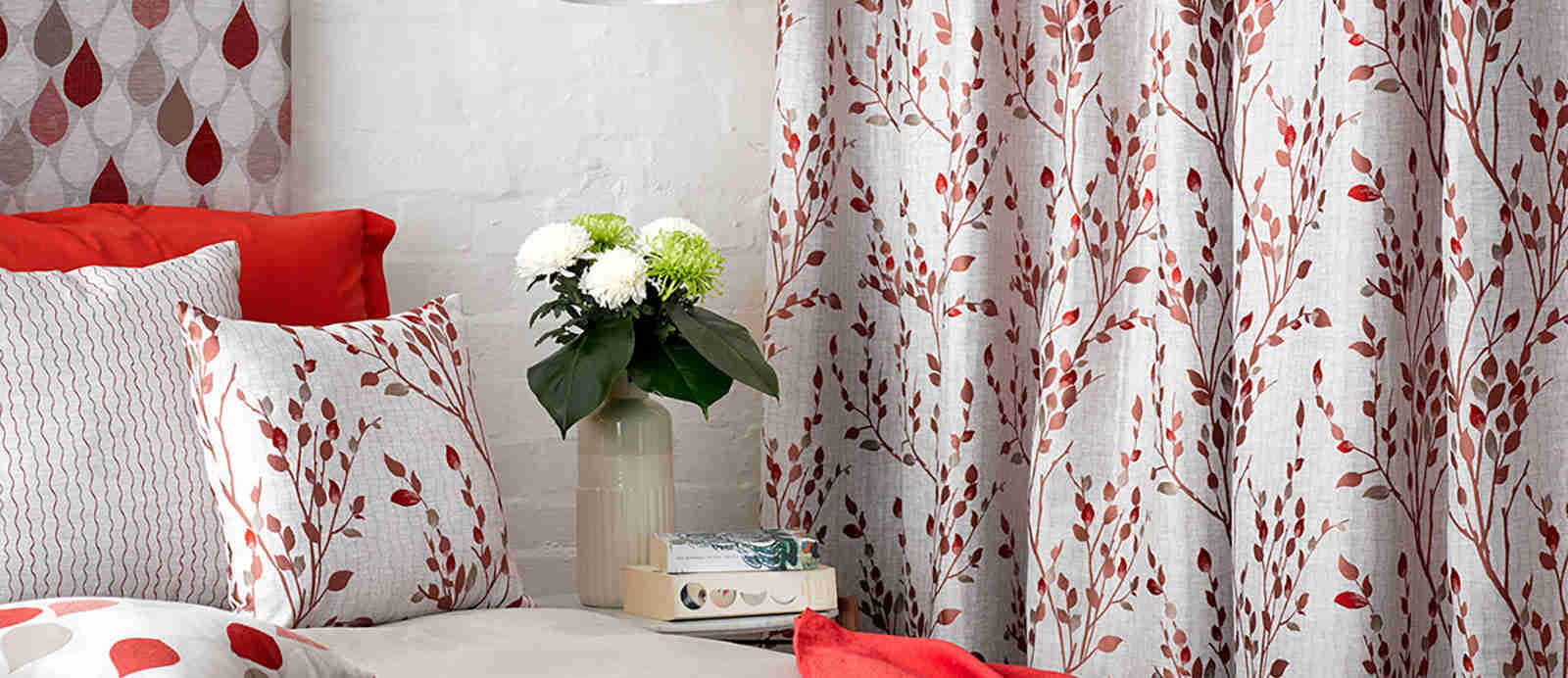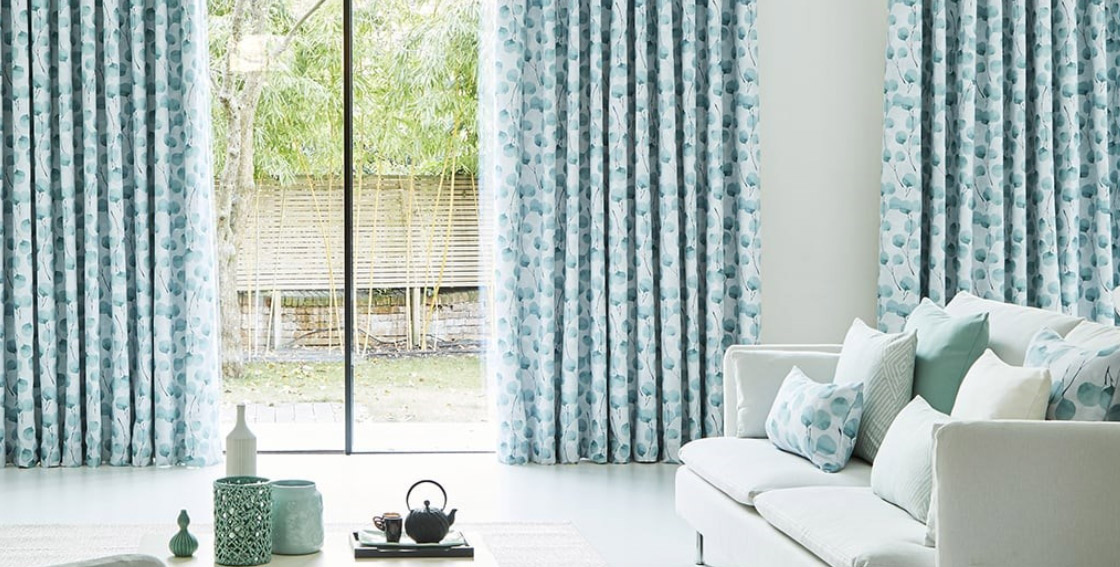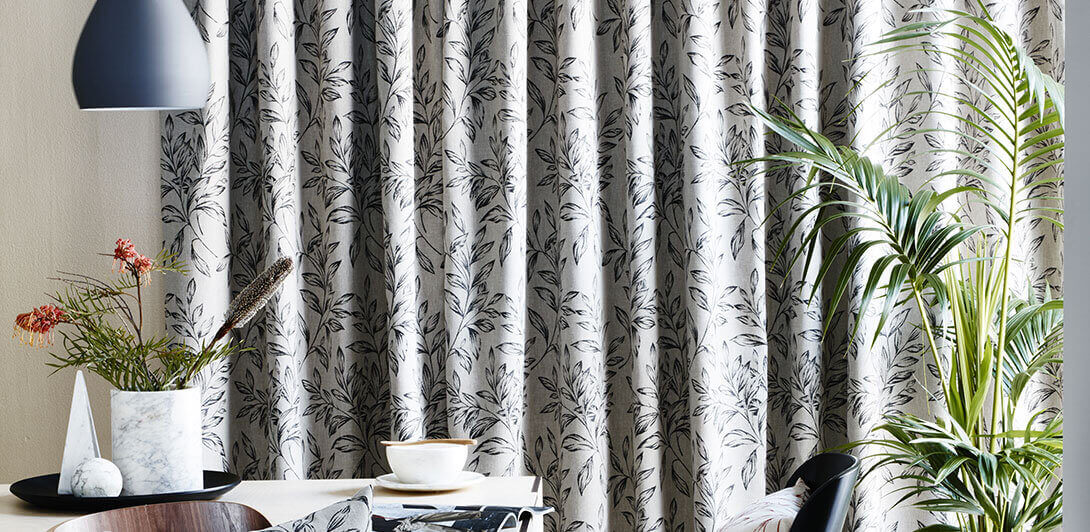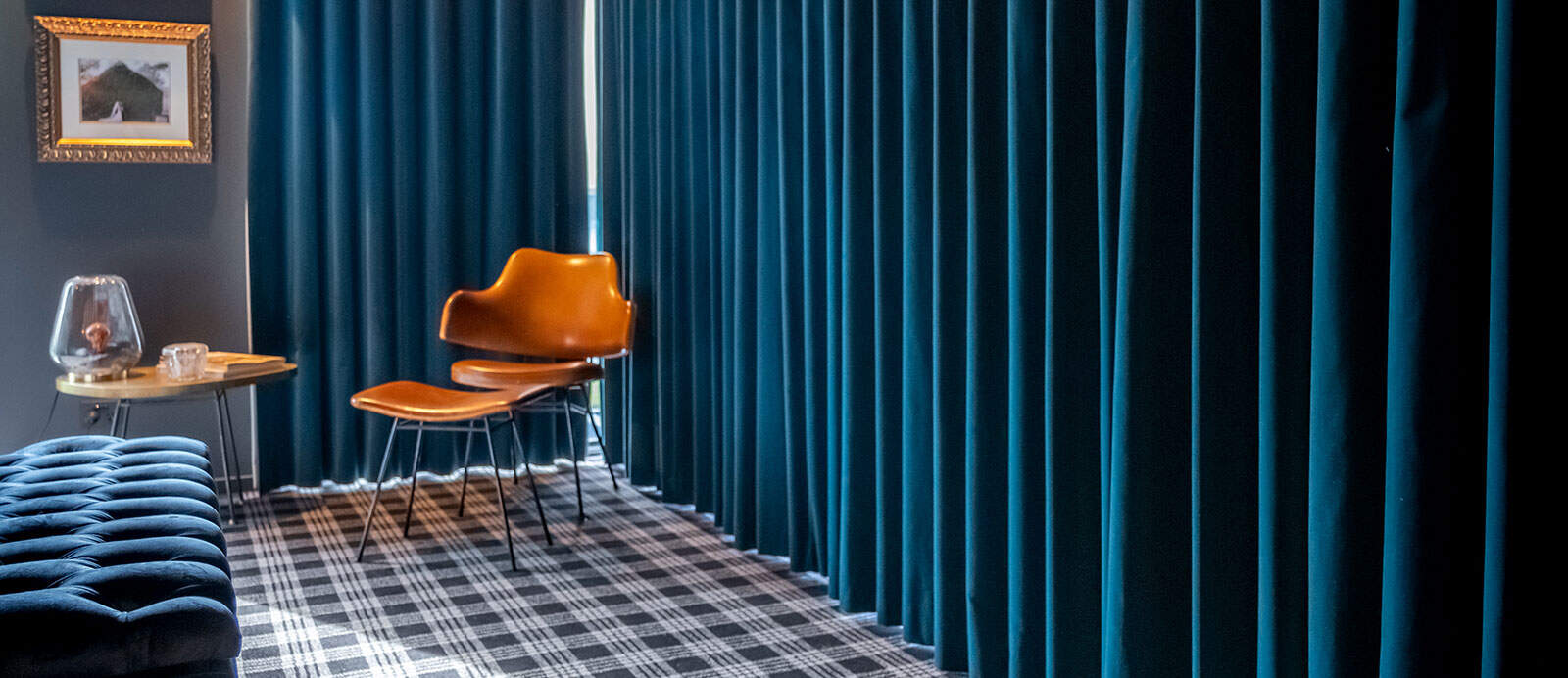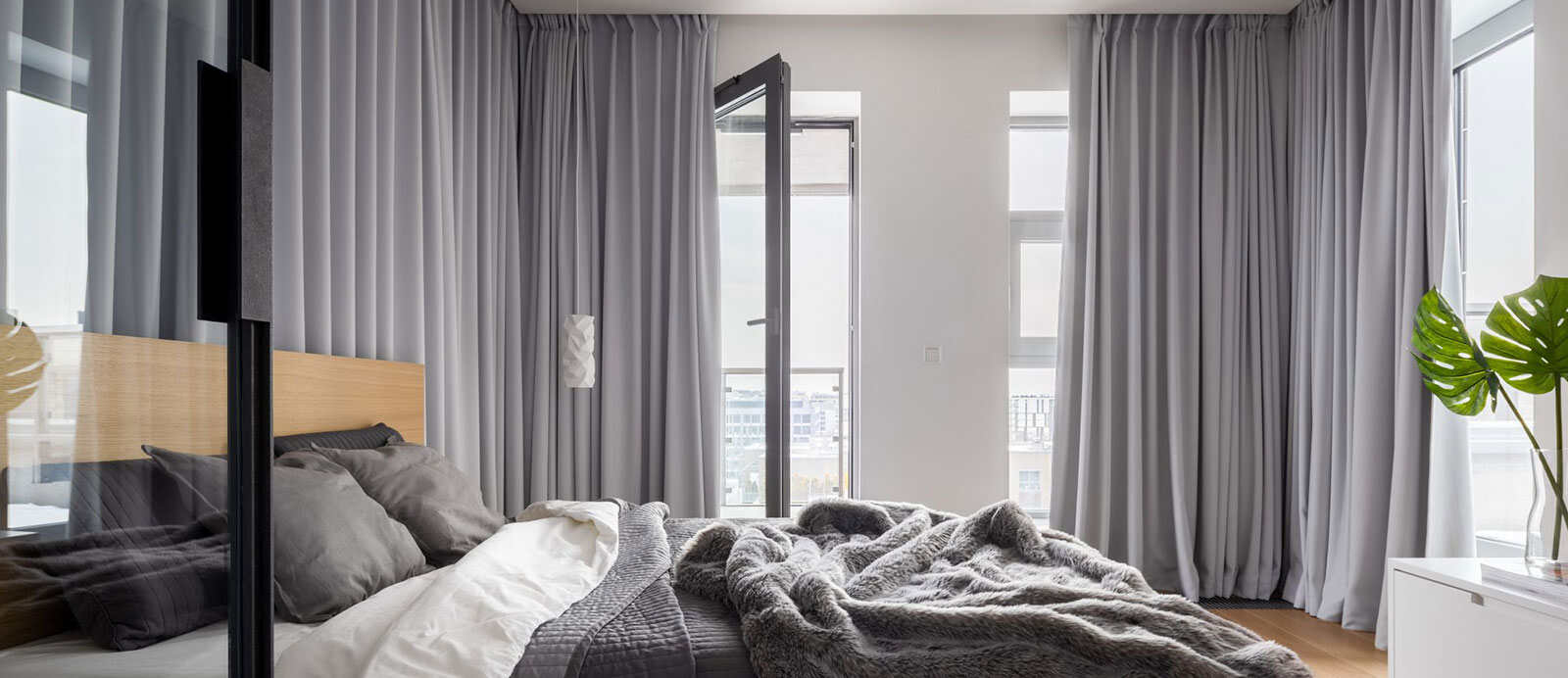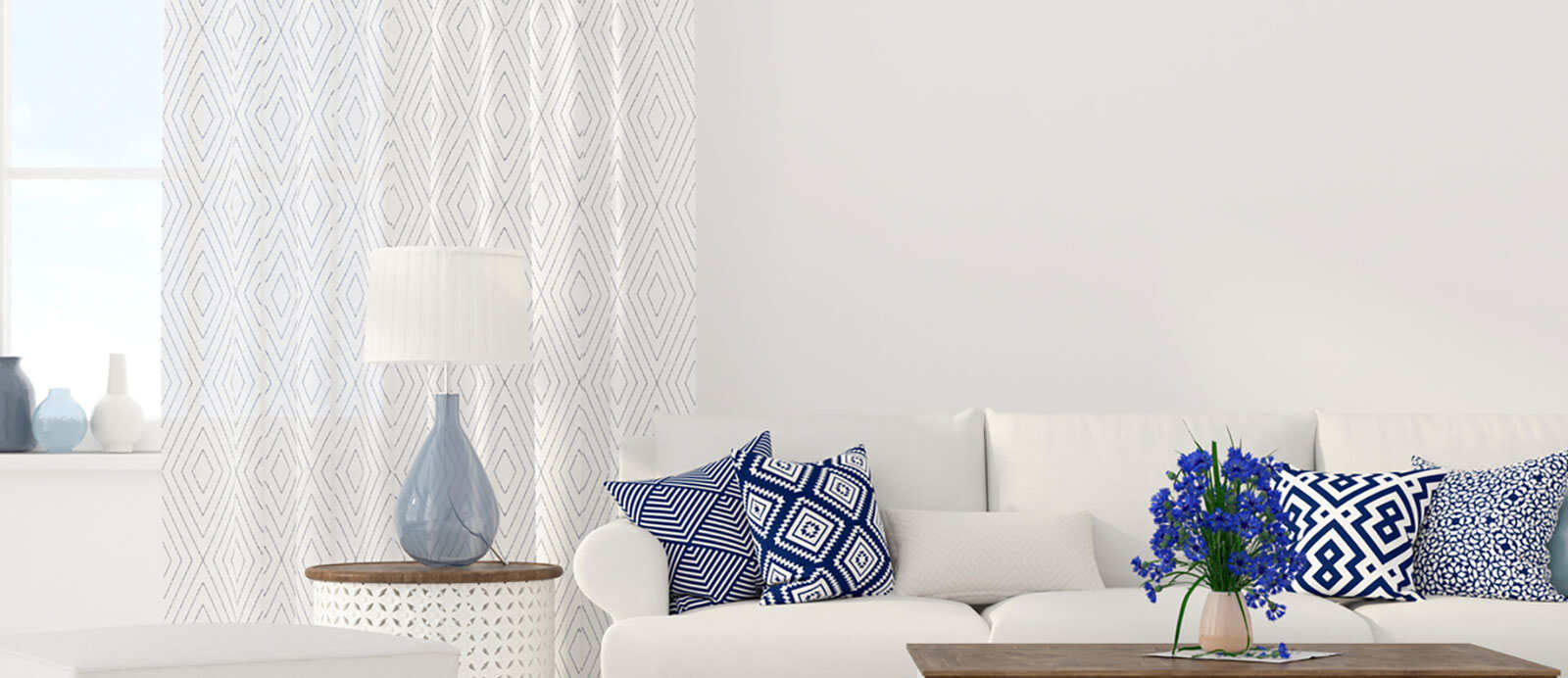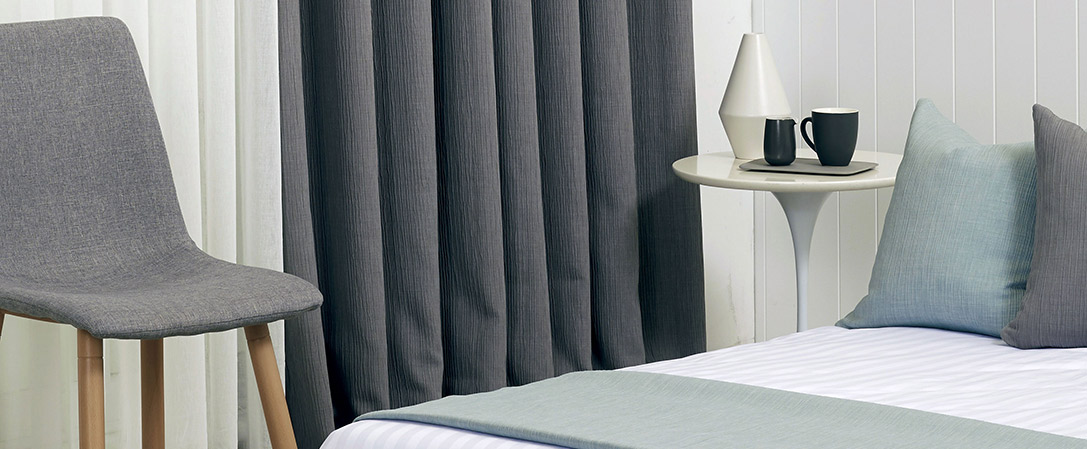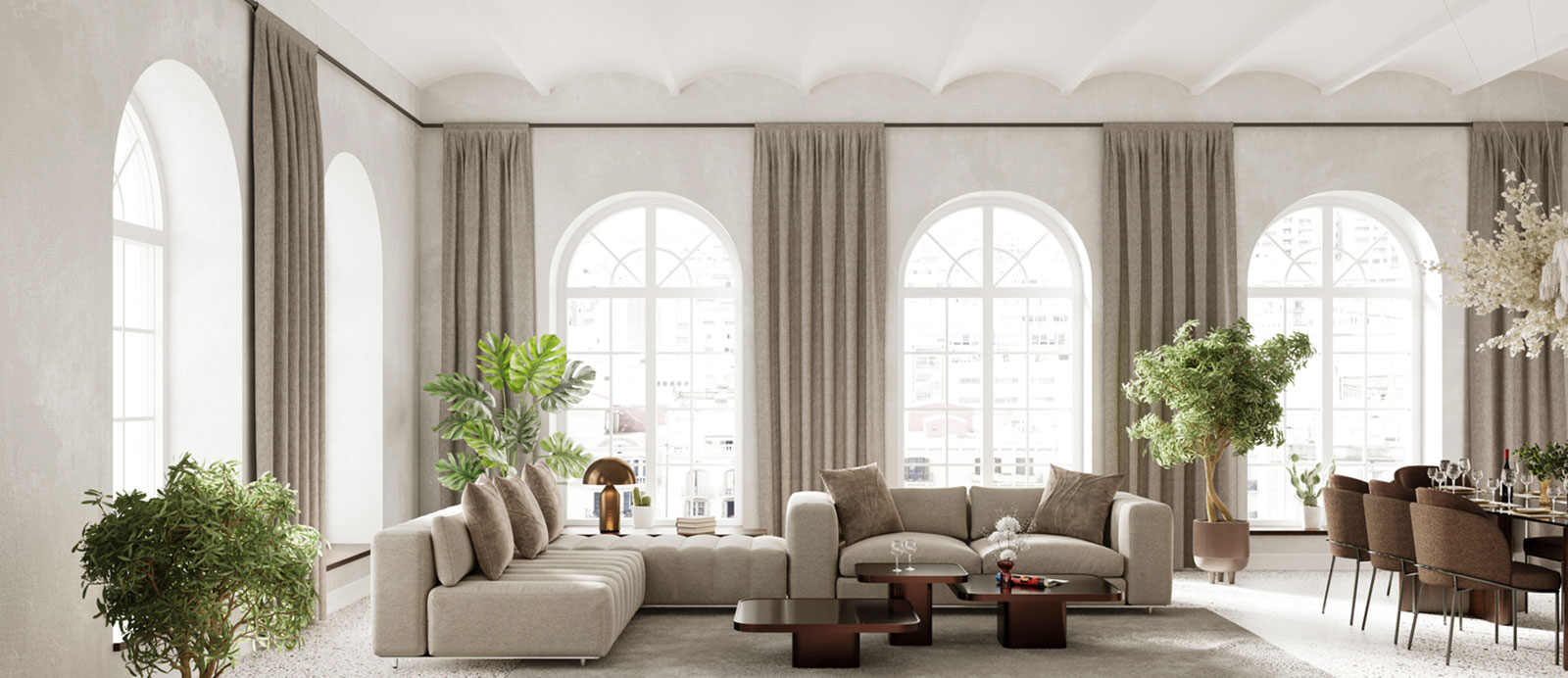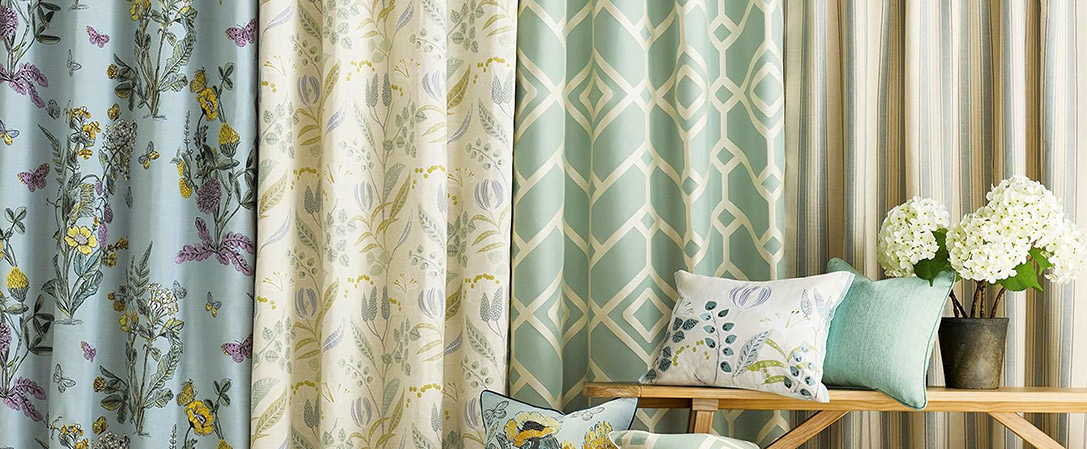Did you know that during the Second World War, people first used blockout/blackout curtains to stop enemy bombers from seeing lights inside houses? It’s true! We’ve come a long way since those days, but these curtains are still super handy. In this post, we’ll take a closer look at blackout curtains vs. blockout curtains.
If you’re trying to keep a bedroom, media room, or any place really dark, blockout/blackout curtains are what you need. But, they’re not just for blocking light; you’ll want them to look awesome too! Even though these curtains are made of thick fabric which is different from thinner, sheer curtains, you don’t have to give up on having stylish ones.
Remember, blockout/blackout curtains are great for keeping rooms dark and private, and they can be just as pretty as any other curtain. So, when you’re choosing them, make sure they do their job well and look good doing it!
Now when you’re looking around for something to cover your windows and keep light out, you might bump into something called blackout screens. They’re also known as darkening screens or light deprivation screens. But don’t mix them up with blockout blinds or curtains! They’re not the same thing at all.
Blackout screens are usually made from aluminum and polyester, and people often use them in places like plant nurseries to keep certain plants in the dark. But they’re not the best choice for homes because we want something that looks good and works well in our living spaces.
There are so many choices for covering your windows and blocking out light, including both blinds and curtains. You get to pick the style and fabric that you love, to really make your room look amazing. So, go ahead and choose the perfect blockout window furnishing to add that special touch to your home!
Even if the name blockout/blackout curtains makes you think of dark, thick, old-fashioned curtains, the truth is they’re not like that anymore! Now, blockout/blackout curtains come in all sorts of colors, styles, and materials, just like the regular curtains we see everywhere.
Here’s how to choose the right blockout/blackout curtains for your home.
1. What Does A Blockout/Blackout Curtain Do?
Blockout curtains are way more than just pretty things to look at.
They come with a bunch of cool benefits, and the best one is, as you might guess, they keep out all the sunlight you don’t want!
Maybe you work at night, have a new baby at home, or just can’t sleep unless it’s totally dark. Sleeping in the daytime can be tough, and if your sleep schedule is all over the place, it might even affect your health after a while.
If you’re looking for a smart way to make your room dark so you can get some good sleep, blockout/blackout curtains are the answer. They make sure your room stays dark, helping you sleep better.
Blockout/blackout curtains are super cool because they do two big things.
First, they stop too much light from coming into your room. But there’s another awesome part: they help keep outside noise down, by as much as 40%!
If the outside noise is bothering you, blockout/blackout curtains might help. This is great if you live in a busy place with lots of people or near a road with lots of traffic. They help make your room quieter and more private.
But there’s even more to love about these curtains!
They’re great because they help lower your energy bills. They keep your room warm in winter by holding heat in and cool in summer by keeping heat out.
They also solve a big problem some people don’t know about: glass doors and windows can let warm or cool air slip out. These curtains keep the temperature in your room just right, so you use less energy.
This means winter isn’t so tough, and you might even see your energy bill go down.
2. What Makes A Good Blockout/Blackout Curtain?
A blockout/blackout curtain needs to block light.
It sounds easy, but the fabric type really matters.
Make sure your curtains use thick, tightly woven material. How you stitch the curtain together keeps light out. So, you need to make sure there are no gaps at all.
The best blockout/blackout curtains come from spraying a fine layer of foam on the back of the fabric.
People measure how well a curtain blocks light by “passes.” For a complete blockout, your curtain should be “3-pass lined.”
This means they put a layer of white foam on the fabric’s back, then a black layer, and another white layer on top.
The white layers keep the curtain looking good, and the black layer stops light and keeps heat inside.
3. How Do I Choose The Right Blockout/Blackout Curtain?
Blockout/ blackout curtains are awesome for windows since they’re both practical and fashionable.
To make a room look its best, they need to match the room’s design, so you should pick them with care. There are several important things to think about when choosing them.
The life of a curtain relies on its material, so picking the best fabric is key for good results.
Some people think blackout curtains are only dark and heavy to stop light, but that’s not true. They’re available in many colours, styles, and fabrics, all with various textures and thicknesses. Pick a colour that matches well with your walls and the room’s interior details.
4. What is the difference between blackout curtains and thermal insulated curtains?
Blockout curtains and thermal insulated curtains serve different purposes in maintaining the comfort of a home environment.
Blockout curtains are primarily designed to block out sunlight, thereby providing darkness and privacy in a room.
On the other hand, thermal insulated curtains are specifically created to help regulate the temperature inside a home, keeping it warm during colder months.
The distinction lies in the functionality of the curtains: blockout curtains focus on light reduction while thermal insulated curtains are tailored to enhance energy efficiency by retaining heat. While blockout curtains may have some level of thermal properties, they tend to prioritise light blocking capabilities.
In contrast, thermal insulated curtains are designed with specific features like an acrylic coating or layer to provide insulation that helps in maintaining warmth within the home.
5. How can blockout curtains help with maintaining a natural circadian rhythm?
Blockout curtains stop light that might wake you up. They help you sleep better in the day and keep your sleep time normal, which is great for your body’s clock.
6. What are the benefits of using blockout curtains in a room?
Blockout curtains are useful for a few reasons when you use them in a room.
- First, they keep your room private. This means people from outside can’t look in and see what you’re doing.
- Second, they’re good at blocking out sunlight. This makes the room darker and a better place to sleep or hang out. For people who have to sleep in the daytime because they work at night, blockout curtains are helpful. They make the room dark, so it’s easier to get good sleep.
- Finally, they help keep your room from getting too hot or too cold from the sun. This means you don’t have to use the air-conditioning or heater too much, which can save money on energy bills.
7. Are blockout curtains necessary for a good night's sleep?
Having a dark room is crucial for quality sleep, especially for those with irregular sleep schedules or daytime sleepers, as it can help regulate sleep patterns and improve overall sleep quality.
Conclusion
Soft, light colours work well in living or TV rooms because they’re not too bold. Darker shades like maroon or navy suit bedrooms, giving them a luxurious feel like a fancy hotel.
To manage light and privacy, use both blockout and sheer curtains. Blockout curtains make the room dark, and sheer curtains let in light while keeping privacy.





